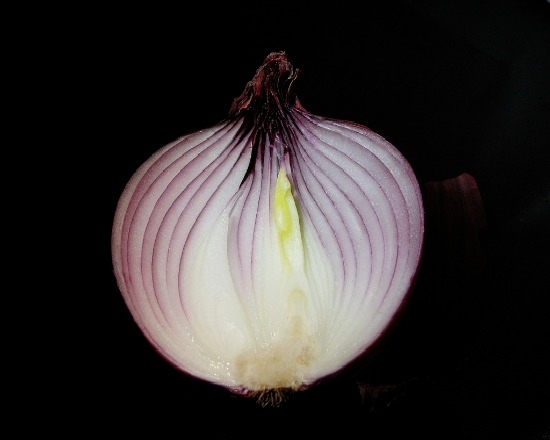This week, our editors are looking forward to fresh colors, fresh book lists and fresh outlooks for school lunch and the nutrition label. Dig in!
Lauren Wilson: In Living Color — Vimeo/Dark Rye (above)
I’ve been planning for spring since November. Three months later, I can think of dozens of things I could do with a full basket from the Greenmarket, including pies, preserves and dye baths. Thanks to inspiration from natural dyers like Sasha Duerr of the Permacouture Institute, I’m ready to reimagine some of the more drab margins of wardrobe. Who knew onion skins could create such vibrant golds and reds?
Marissa Finn: Food Politics blog — Food Politics
As a child nutrition advocate and a Marion Nestle groupie, I have not stopped reading Food Politics this week. I’ve been pleasantly surprised by all of the Let’s Move! announcements, especially the announcement that “Schools with 40% or more of children eligible for free or reduced-price meals will be able to serve free breakfasts and free lunches to every student in the school, regardless of family income.” We’re getting there, Janet Poppendieck!
Gabrielle Langholtz: Your “Must-Read” Book List for Spring — Organic Spa Living
I’m on deadline this week but loved reading about reading. This list of 16 new food-system books, curated by the amazing Danielle Nierenberg of Food Tank, makes me want to take a sabbatical and spend a few months getting lost in these titles, from the History of Aquaculture to Chicken Poop for the Soul. And I’ll make it 17, with The Rooftop Beekeeper: A Scrappy Guide to Keeping Urban Honeybees by former Brooklynite Megan Paska. It was published this week and looks sweet as honey.
Caroline Lange: First Look: The FDA’s Nutrition Label Gets a Makeover — NPR’s The Salt
Please, please read the nutrition label. It’s what we’ve been hearing with increasing frequency over the past couple of years. This week, the FDA announced that the black and white strip will be getting a much needed update that should make it easier for consumers to read the label more efficiently and with greater understanding of what it all means. The Salt lays out exactly what’s being proposed for the makeover—most interestingly, in my opinion, the revision of serving sizes so that the amount listed is closer to what we’re actually consuming.
Feature image: Flickr/j.clark



